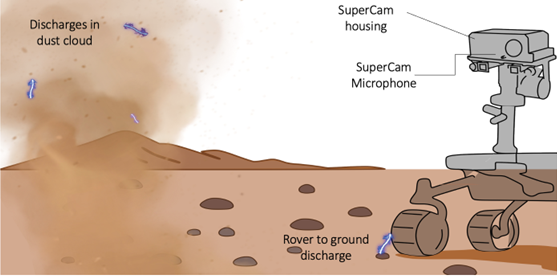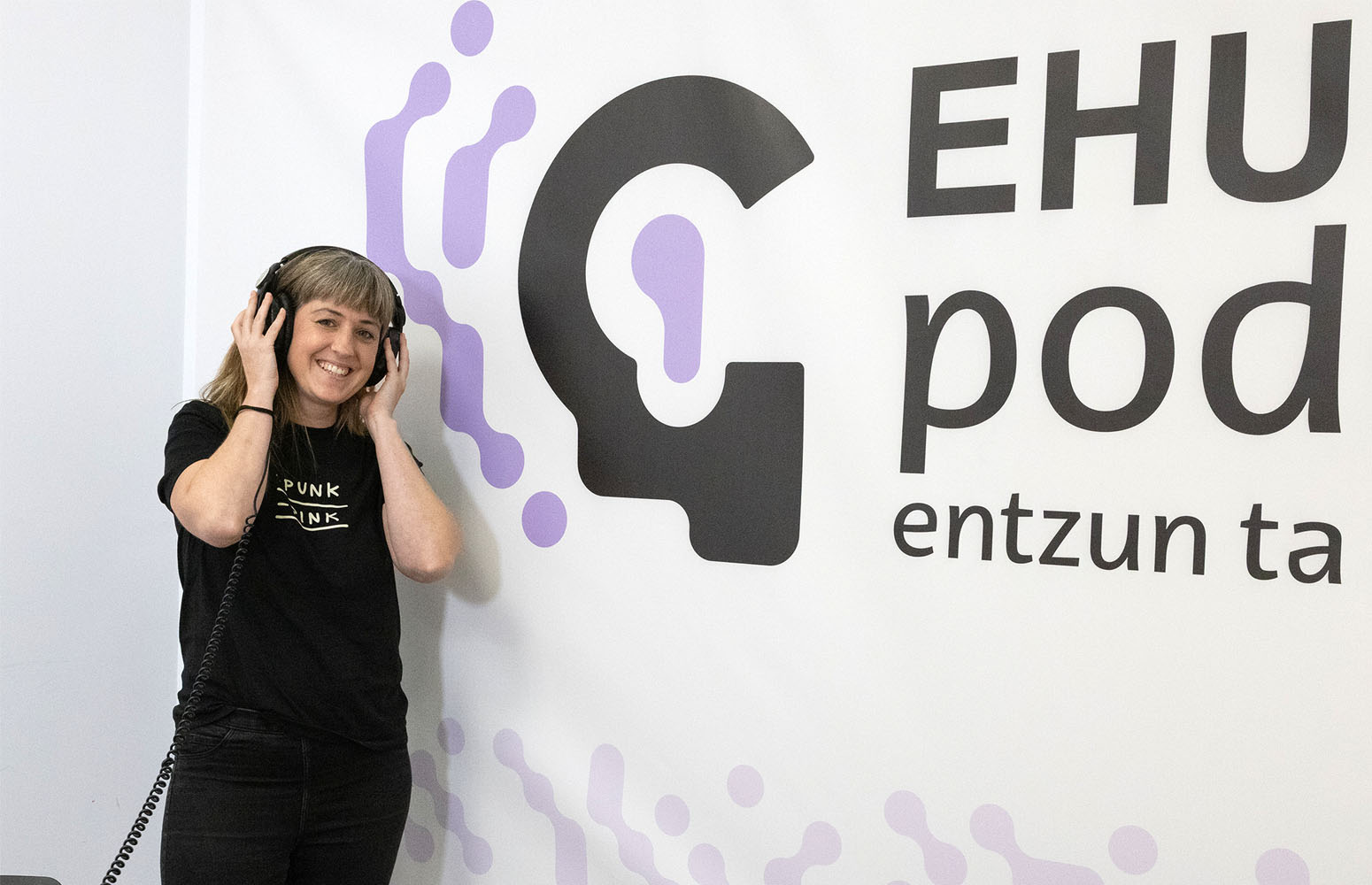In a study within the INMA project and involving 11-year-olds, Ane Arregi, a member of the Basque Environmental Health Research Group of the University of the Basque Country (UPV/EHU), has concluded that greater behavioural problems are linked to higher hair cortisol levels. The study also concluded that exposure to certain factors that can simultaneously cause chronic stress may determine the concentration of cortisol in the hair.
Children’s behavioural problems are linked to higher hair cortisol levels
This hormone, excreted by the body to respond to situations of stress, accumulates in the hair and is an indicator of a long-term stress level
- Research
First publication date: 27/08/2024

Cortisol is the hormone secreted by the body to respond to stressful situations, so measuring the concentration of cortisol in the hair is very useful in analysing chronic stress. “Cortisol is usually present in the blood, saliva and urine, among other places, and indicates a momentary level of cortisol; however, cortisol accumulates in the hair, and that points to a degree of stress in the longer term, in other words, chronic stress,” explained Ane Arregi-Otxotorena, a researcher in the UPV/EHU’s Faculty of Psychology. To distinguish between momentary stress and chronic stress, Arregi uses a clear example: “The stress that occurs when you’re going to buy bread one day and you realize you haven’t got any money on you, is not the same as when you know you can’t afford to buy bread on a daily basis.”
The researcher in the Basque Environmental Health Research Group (B-EHRG) used hair samples of 11-year-old children to assess chronic stress. To conduct the research she extracted data from the INMA project; the INMA (Environment and Childhood) project gathers all kinds of data on children and families, starting with the mother's pregnancy, for long-term research purposes.
So the research concluded that, firstly, major behavioural problems are related to higher levels of cortisol in the hair. In addition, “we saw that maternal stress is related to children’s behavioural problems. This means that maternal stress can also influence children’s cortisol levels through their behavioural problems. Somehow along this two-stage path,” Arregi explained.
Cortisol level is also influenced by environmental noise
Secondly, they also found something they had not expected: “Higher exposure to environmental noise is associated with lower cortisol levels. We saw that the higher the noise level is, the lower the cortisol levels are. When classifying the analysis by sex, this relationship was only significant in the case of the boys.” According to the researchers, “the initial acute stress caused by noise may lead to a temporary increase in cortisol levels, but the chronic stress caused by long-term exposure to high noise levels can reduce the level of cortisol”. To confirm the results relating to noise, and which were unexpected, the same research will be carried out within the broader European Athlete (Horizon 2020) project.
Environmental, social and individual factors
Broadly speaking, “in our research we detected these two factors, but that does not mean that other factors are not related, but we did not find any other kind of relationship”, explained Arregi. “It is important to give these pieces of research a broader perspective while taking more than one stressful factor into account.” So a model was created to investigate the relationship between environmental, social and individual factors and the cortisol concentration in children's hair. All the factors that may influence stress and which appear in the literature were taken into account: for example, green and blue spaces, air pollution, environmental noise; family and school relationships, parental stress level; sleep problems, physical activity, age, sex, etc.
As the UPV/EHU researcher pointed out, “much remains to be investigated relating to the factors that influence hair cortisol levels in children and young people, and studies so far have not taken into account the simultaneous influence of many factors”. The model was created to tackle this. Arregi explained that in the model it is important to take many factors into consideration: “From now on, the model will allow us to find out which variables should be taken into account when measuring the cortisol level in the hair and which should not.”
Future research would need to use this more complex approach to better understand the determinants of cortisol in children’s hair; indeed, simultaneous exposure to various environmental, social and individual factors may influence the concentration of cortisol in the hair. Children being under the influence of chronic stress is related to many health problems; “childhood and adolescence are very vulnerable stages, because they are stages of rapid development. It is very important to know how different factors influence the health of children and adolescents at this stage so that they can become healthy adults”, said the researcher.
“We believe that hair cortisol may be a useful tool when assessing how environmental exposures impact chronic stress. In short, this may help in the deployment of effective public policies; in fact, knowing what can cause the chronic stress of the population in a specific location may make it easier to implement policies to prevent it,” she concluded.
Additional information
This research is one of the articles published as part of the PhD thesis by Ane Arregi-Otxotorena. She is a researcher in the B-ERHG Group at the UPV/EHU and also a member of the BioGipuzkoa Group on Environmental Epidemiology and Child Development.
Bibliographic reference
- Hair cortisol determinants in 11-year-old children: Environmental, social and individual factors
- Hormones and Behavior
- DOI: 10.1016/j.yhbeh.2024.105575





